I recently found myself in the deliciously geeky world of Room 17a at the V&A; home to an exhibition about ISOTYPE (International System of TYpographic Picture Education) – a system for organising and displaying information and statistics using pictures.
The system, initiated by Otto Neurath in the 1920s, uses repeated, consistent graphic ‘pictograms’, to represent numerical data. The higher the number, the more times the pictogram is repeated. (Pictograms don’t get bigger to show increasing numbers, because the increased area could cause confusion.)
Isotype started in Vienna, and spread to the Netherlands, Britain, the Soviet Union and the United States. Marie Neurath, who married Otto in 1941, was responsible for analysing the raw data and putting it into picture form, ready for production. Gerd Arntz, a ‘socially committed artist’ was responsible for the final images and therefore Isotype’s recognisable style.
Arntz’s designs were cut in linoleum, then printed in multiple, along with typographic elements, ready for cutting and pasting into charts. This quick and flexible way of making repeated images kept the process in-house.
By the 1940s photo-engraved printing blocks were used, enabling even quicker production.
The development of Society and Economy, a folder of 100 charts with loose leaf pages to enable comparison, in 1930, marked the coming of age of Isotype. A team of historians, cartographers and other consultants, worked closely with Arntz to develop the folder for the Social and Economic Museum.
In 1931, Neurath and Arntz began training the Soviet authorities to use Isotypes as a way to communicate their claimed economic and social achievements to a mass audience. By 1934, relations had broken down, and although the Soviet Union continued to produce Isotypes, they no longer adhered to Vienna principles. Either way, for fans constructivism at least, they look absolutely gorgeous.
Satisfied that their various projects had resulted in a refined Isotype, Otto and Marie Neurath developed International Picture Language, a book explaining their method. Together with stripped down pictures, it used a basic version of the English language consisting of only 850 words.
In 1940, the Neuraths fled to Britain from the Nazi invasion of the Netherlands. They began working with the British Government, firstly on ‘soft propaganda,’ and then after the war, returned to the social routes of the Isotype, communicating the budding Welfare State and the newly established NHS.
In 1953, the team finally got the chance to test Istoype’s application as a tool for crossing language and illiteracy barriers. They spent five years in West Africa helping the government communicate free healthcare and primary education programmes and the modernisation of agriculture and infrastructure.
The exhibition is at the V&A (Room 17a) until 13th March 2011.
You may also enjoy:
Further reading for the especially geeky:
- Neurath’s ISOTYPE, how words divide and pictures unite (vostok.es)
- Design: Universal Symbols That Tell the Story (nytimes.com)
- Isotype: Graphic detail (independent.co.uk)

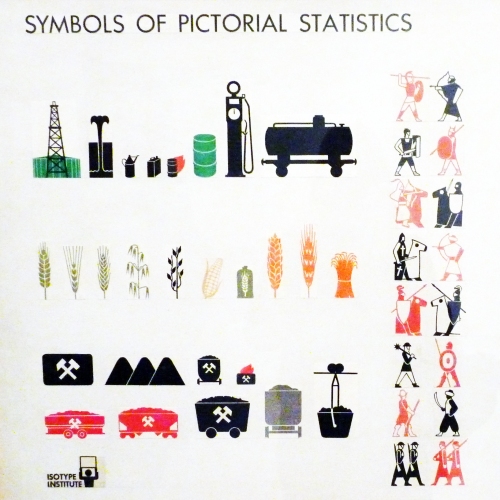
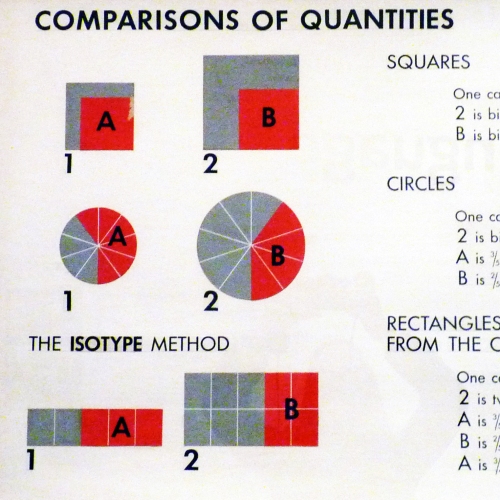
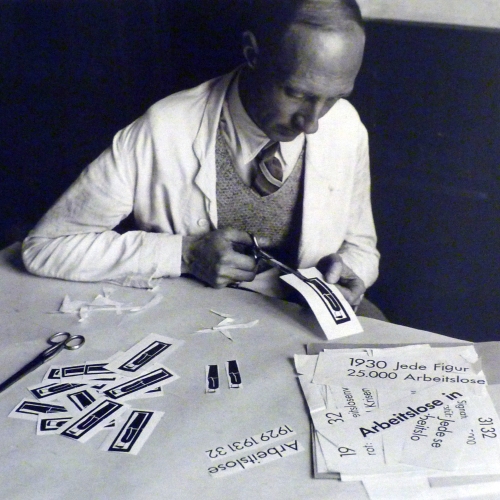

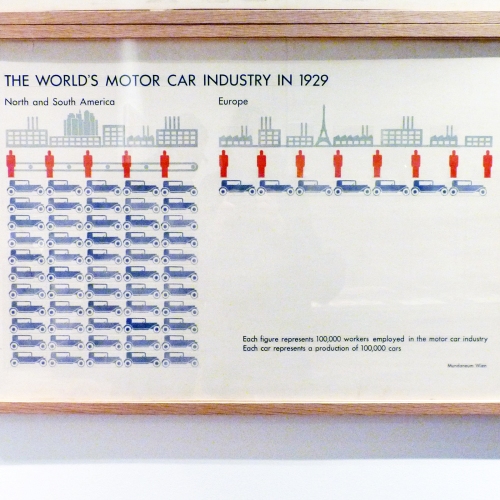
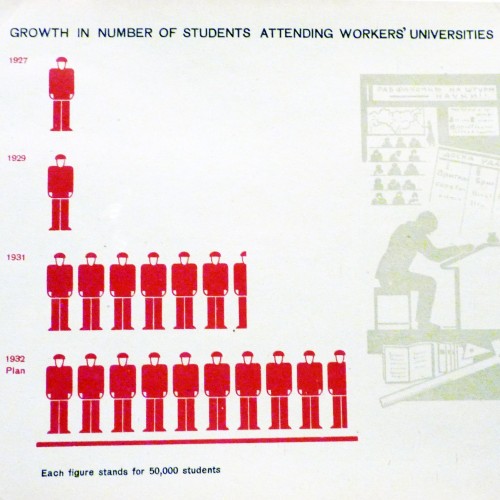
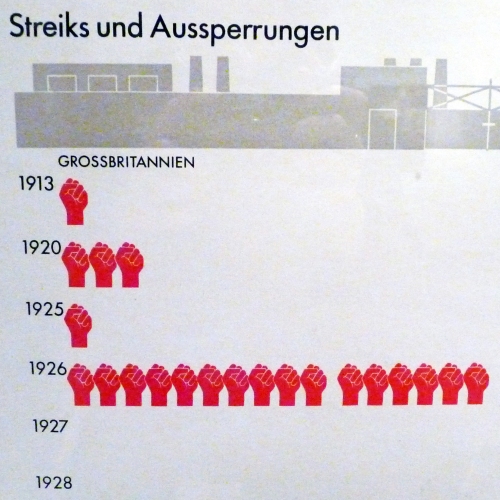
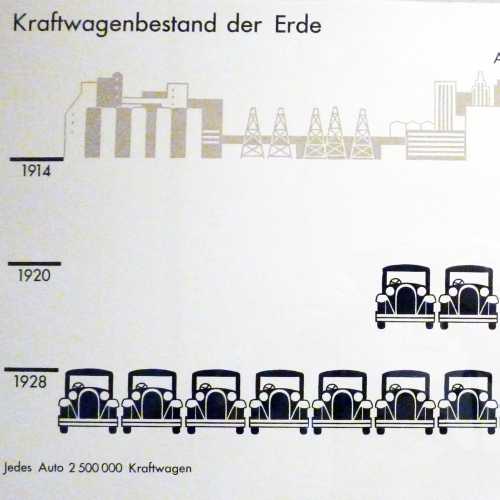
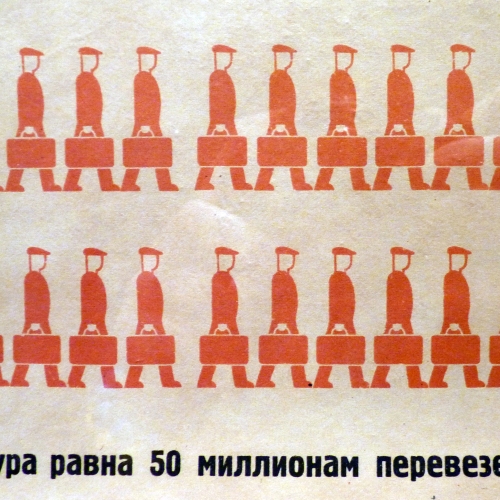
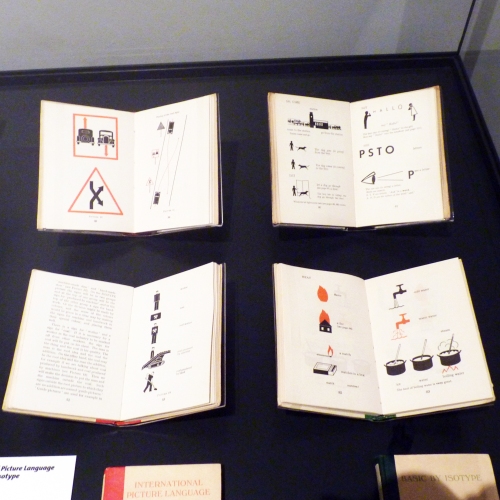

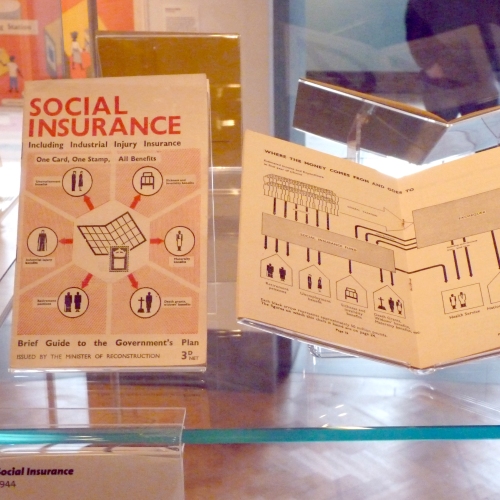
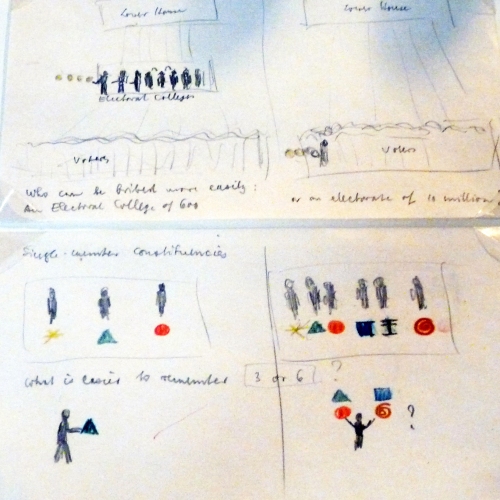




Ooooooh, I really want to go and see this. Thanks for letting me know my equally geeky friend!
What a fantastic piece you wrote. Thank you!
BTW, I just discovered your blog (through the vostok.es referals) and I found it extremely inspiring. Congratulations.